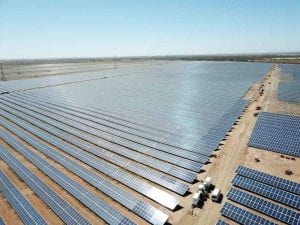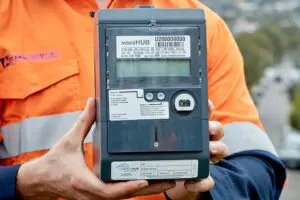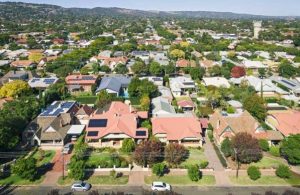With today’s announcements of the first big decision under the Commonwealth’s “Rewiring the Nation” policy, things are getting clearer. Or are they?
The Commonwealth, through the Clean Energy Finance Corporation, will provide cheaper debt to Victoria ($1.5bn for intra-regional transmission; $750m for the VNI-West interconnector from Sydenham to Dederang) and to Tasmania (80% of the debt for Marinus will be supplied by the Commonwealth).
Victoria, Tasmania and the Commonwealth have also agreed to take a 6.6% share (each) in Marinus Link. This is about transferring at least some of the cost of these projects from electricity consumers to tax-payers.
Prima facie this apparently makes Marinus and VNI West much more likely to proceed. Certainly the Commonwealth has made very clear its desire to see these projects proceed. Victoria’s intra-regional transmission was going to proceed anyway.
We are on record here, here, here, here and here suggesting that the benefits do not exceed costs for either of these Grand Projects.
We would love to be proved wrong (it’s no fun being right when the Government is wrong) but we have not so been proven. I won’t restate those concerns again here, but I will express confusion as to why these concessional loans change things terribly much. Let’s take Marinus as a case in a point.
TasNetwork’s latest estimate of the cost of Marinus is $4 billion (in 2021 dollars), and 80 per cent of that equates to $3.2 billion.
Let’s say the Commonwealth debt, provided through the CEFC, is 100 basis points cheaper than bank or bond debt. What effect might this have on the charges that Marinus would need to impose on consumers in order to recover its costs?
At a Conference of Economists event in Hobart in July this year, I presented a slide in which I said that I estimated Marinus would have regulated annual charges of $326 million per year. The CEO of Marinus said that she thought this plausible.
That estimate assumed a 6% cost of capital. Let’s now assume 5% (i.e. that not only is the debt cheaper by 100 basis points but that Commonwealth/Victoria/Tasmania will also provide 100 basis point cheaper equity).
Using 5%, the annual charge for Marinus reduces from $326 million per year to $286 million per year, or 12%. Not to be sneezed at, but does it make terribly much difference ? And surely all of that gap (and then some) will be eaten up by the almost certain under-estimation of the cost of the project?
As an aside, I note that State governments have long funded much of the electricity industry in Australia. They have received a handsome premium on this Government-provided debt, in decisions made by the regulators, who insist this premium is justified by “competitive neutrality”.
If the benefit of the Commonwealth’s concessional debt is to find its way to consumers in lower prices, the AEMC will need to change the Rules to ensure that the actual cost of debt is reflected in the regulated rate of return.
Now I wonder what the Queensland, Tasmanian and NSW Government will say about that – the nice little earner they get on the debt they provide to their network monopolies is about to evaporate. Be careful what you wish for, it is said.
But back to the main point of this article: Media coverage on the announcement suggested that the Commonwealth said it expected the effect of its concessional financing would be to reduce prices by 50%.
How? I don’t understand. Do you?
Bruce Mountain is head of the Victoria Energy Policy Centre.










